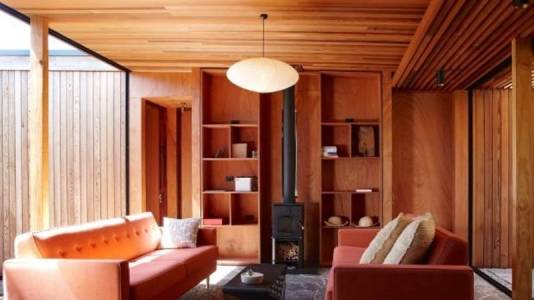
Plywood, a staple in construction and crafting, offers a unique blend of strength, stability, and affordability. Made from thin layers of wood veneer bonded together with strong adhesive, plywood exhibits superior properties compared to solid wood in many applications. This detailed description will explore the various types, benefits, and uses of this versatile material.
Plywood is available in a wide range of types, each tailored to specific needs:
Selecting the appropriate plywood depends on the project's requirements. Consider the following factors:
Plywood's versatility, strength, and affordability make it an essential material for a diverse range of applications. Whether you're a professional contractor or a DIY enthusiast, understanding the different types and properties of plywood will help you choose the perfect material for your next project.